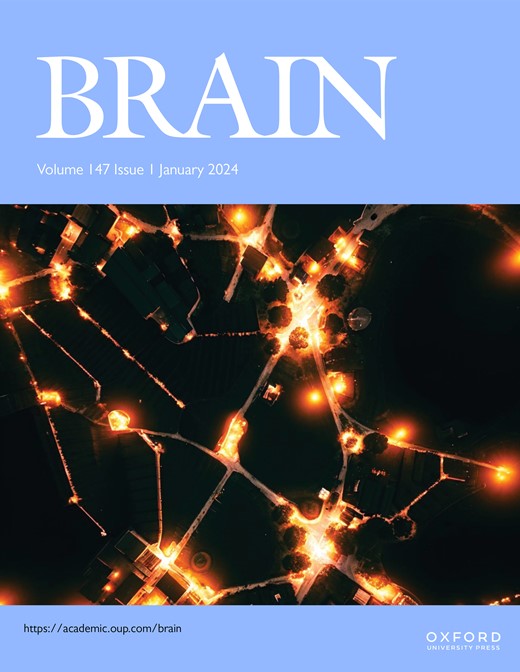Functional expression of the T-type Cav3.2 calcium channel in female and male human dorsal root ganglion neurons
IF 11.7
1区 医学
Q1 CLINICAL NEUROLOGY
引用次数: 0
Abstract
T-type/Cav3 calcium channels are key in neuronal excitability and pain processing with Cav3.2 being the prominent isoform in primary sensory neurons of the dorsal root ganglion (DRG). Cav3.2 pharmacological inhibition or gene silencing induces analgesia in several preclinical models of inflammatory and neuropathic pain. However, the presence of Cav3.2, encoded by the CACNA1H gene, in human DRG neurons remains unresolved. Using RNA in-situ hybridization and electrophysiological recordings, we show that human DRGs express Cav3.2 in a subset of neurons positive for the neurotrophic factor receptor TrkB (NTRK2 gene). The Cav3.2 current exhibits typical biophysical and pharmacological properties, including inhibition by a low concentration of nickel and by Z944, a specific T-type calcium channel blocker in advanced clinical development. Conversely, ABT-639, a T-type calcium channel inhibitor that failed in Phase 2 trials for pain relief, does not inhibit Cav3.2 currents in human DRG neurons. Importantly, Cav3.2 currents are prominent in neurons from female organ donors, supporting the presence of sex differences in pain mechanisms in humans. These findings underscore the potential of continued exploration of Cav3.2 as a therapeutic target for pain treatment and highlight a specific subset of human neurons that likely rely on this channel to modulate their excitability.t型Cav3.2钙通道在男女人背根神经节神经元中的功能表达
t型/Cav3钙通道是神经元兴奋性和疼痛加工的关键,而Cav3.2是背根神经节(DRG)初级感觉神经元的主要亚型。Cav3.2药理抑制或基因沉默可在几种炎症性和神经性疼痛的临床前模型中诱导镇痛。然而,CACNA1H基因编码的Cav3.2是否存在于人类DRG神经元中尚不清楚。通过RNA原位杂交和电生理记录,我们发现人类DRGs在神经营养因子受体TrkB (NTRK2基因)阳性的神经元亚群中表达Cav3.2。Cav3.2电流表现出典型的生物物理和药理学特性,包括低浓度镍和Z944(一种处于临床开发后期的特异性t型钙通道阻滞剂)的抑制作用。相反,ABT-639,一种t型钙通道抑制剂,在缓解疼痛的2期试验中失败,不能抑制人类DRG神经元中的Cav3.2电流。重要的是,Cav3.2电流在女性器官供体的神经元中很突出,支持人类疼痛机制存在性别差异。这些发现强调了继续探索Cav3.2作为疼痛治疗靶点的潜力,并强调了可能依赖该通道调节其兴奋性的人类神经元的特定子集。
本文章由计算机程序翻译,如有差异,请以英文原文为准。
求助全文
约1分钟内获得全文
求助全文
来源期刊

Brain
医学-临床神经学
CiteScore
20.30
自引率
4.10%
发文量
458
审稿时长
3-6 weeks
期刊介绍:
Brain, a journal focused on clinical neurology and translational neuroscience, has been publishing landmark papers since 1878. The journal aims to expand its scope by including studies that shed light on disease mechanisms and conducting innovative clinical trials for brain disorders. With a wide range of topics covered, the Editorial Board represents the international readership and diverse coverage of the journal. Accepted articles are promptly posted online, typically within a few weeks of acceptance. As of 2022, Brain holds an impressive impact factor of 14.5, according to the Journal Citation Reports.
 求助内容:
求助内容: 应助结果提醒方式:
应助结果提醒方式:


